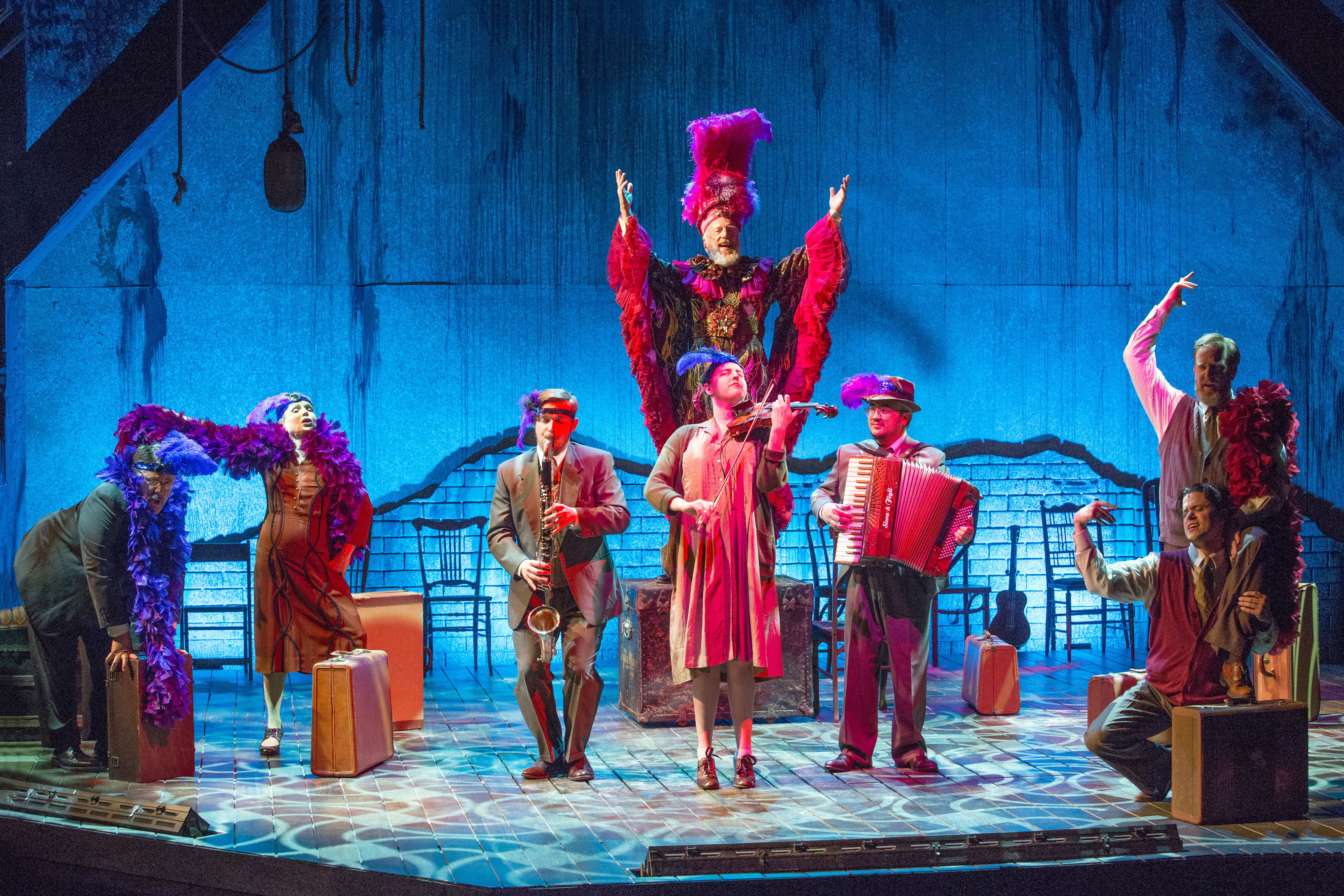Create Safely. Present Safely. Attend Safely.
When it comes to the arts, it’s as our trustee Nancy Kranzberg says: “There ain’t nothin’ like the real thing.” Here at the Kranzberg Arts Foundation, we have always loved gathering people to experience the best of our thriving arts community. And while we’re amazed at the new and exciting ways that arts organizations have been able to present their work digitally, we can’t wait to bring people back to our spaces while still respecting the current public health emergency.
“There ain’t nothin’ like the real thing,” Nancy Kranzberg said about experiencing art and music safely in-person during her latest @kdhx podcast episode featuring Director of Visual Infrastructure Gina Grafos.
Hear the full interview here: https://t.co/EgLx7UvLXq pic.twitter.com/kpq0se2LHZ
— Kranzberg Arts Foundation (@KranzbergArts) August 4, 2020
Since early May, we’ve been working with the Missouri Arts Council, ArtsKC, Regional Arts Commission – St. Louis and twenty other organizations from across the state as part of the Missouri Arts Safety Alliance to help arts organizations prepare to reopen. Together, we’ve launched Missouri ArtSafe, a certification program promoting best practices for arts and cultural organizations designed to protect the health and safety of artists, staff, volunteers, and guests. Based on eight universal measures and a commitment to publically share their plan, organizations of all sizes will receive support to develop their reopening plans including a free training video to use with frontline staff and volunteers. We know from our experience how much time and effort it takes to create a safety plan. Our hope is that Missouri ArtSafe will help other arts organizations learn from our work, and when the time is right, be able to safely share their work with the public.
Organizations that become Missouri ArtSafe-certified demonstrate that they’ve strategically planned how to reopen safely. And guests will benefit from a centralized location to learn more about an organization’s safety policies before they walk through their doors.
Organizations looking to develop their own plans and become ArtSafe-certified can learn more at missouriartsafe.org. Volunteer Lawyers and Accountants for the Arts has put together a list of resources on developing your plan. And the Missouri Arts Safety Alliance will be hosting a series of webinars to help organizations create their plans, work through HR issues, develop strategies for de-escalation, and public relations.
It’s important to note that Missouri ArtSafe is not an endorsement to reopen, but a call to be prepared to reopen safely. Art is critical to our lives and well-being, but we all need to do our part to keep our community healthy and safe.
Visit missouriartsafe.org to learn more.
Photo credit: Ian Burt




